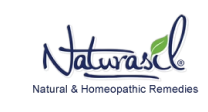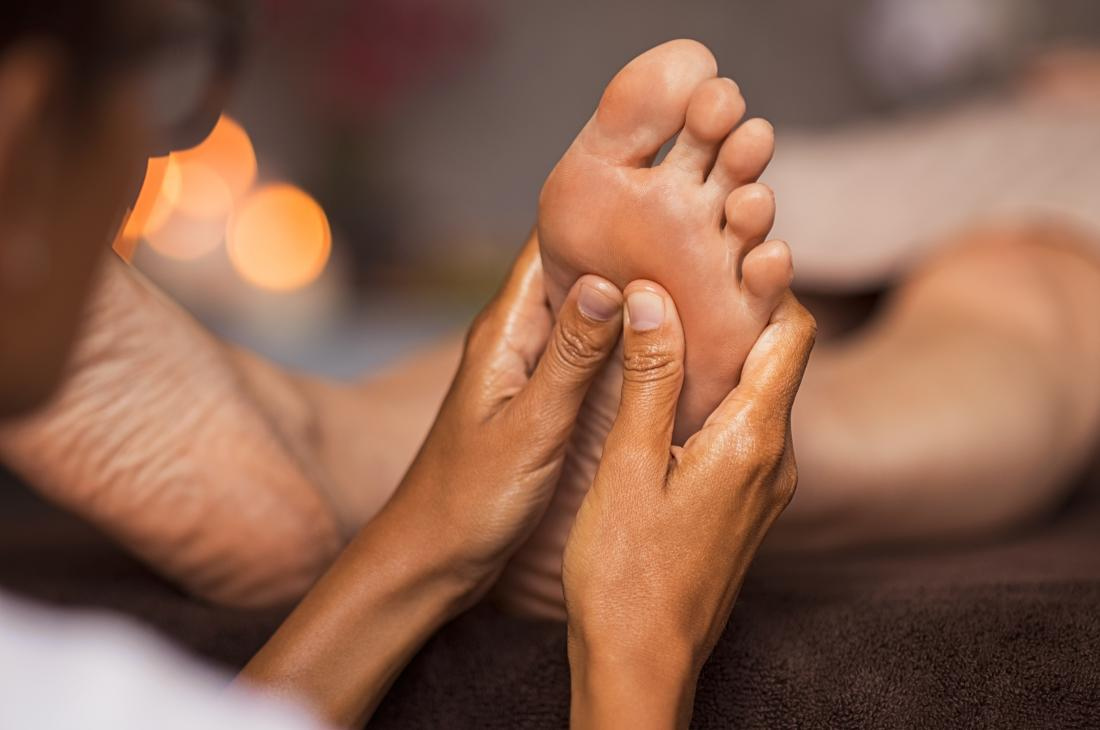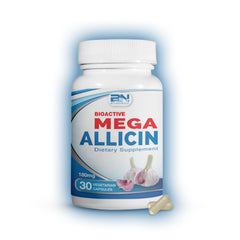TLC Tips For Your Achy, Breaky Feet
We are on our feet every day. And now that the holidays are here, our feet will take a beating. In fact, an average person walks the equivalent of 4 times around the world in a lifetime. It’s no wonder our feet hurt and that more than three-quarters of American adults have foot issues.
There are several areas of the foot where the pain is most prevalent. From shin splints to neuropathy pain, these debilitating afflictions can slow you down. The good news is that there are ways to relieve foot pain that we can do on our own and naturally. So sit back, take a load off, put your feet up, and get rid of foot pain today...
Achilles Tendinitis: Pain above the heel or back of the leg.
The Achilles tendon is in the back of the heel and is the strongest and largest tendon in your body, but it’s also one of the most vulnerable. So when it hurts, it’s excruciating.
Achilles tendinitis is an inflammation of the Achilles tendon due to overuse. As we get older, this tendon gets weaker, and if you overwork it by playing sports or dancing all night long, fibers in the tendon can develop small tears and swell. It can take up to 3 months for Achilles tendinitis to heal. During that time, you should avoid high-impact activities such as running and try swimming, biking, or other low-impact activities.
How to Heal: Start by icing down the area that hurts. Icing reduces swelling and helps the tendon to heal. Apply ice for 20-minute intervals throughout the day, and if possible, keep your foot elevated. Also, try using heel lifts in your shoes. These thin wedges raise the heel to reduce stress and help the tendon heal more quickly. Use lifts in both shoes to keep your body balanced.
You can also use roll-on pain relievers such as our natural topical CobraZol, which helps reduce pain and inflammation.
Morton’s Neuroma: Pain in the ball of the foot—like a pebble is in your shoe.
Morton’s Neuroma is the thickening of a nerve in the ball of your foot. This will cause sharp pain or a burning sensation that worsens as you walk. The thickened nerve tissues result from irritation by either too tight a shoe or wearing high heels. Even jogging can cause Morton’s neuroma due to the repetitive pressure on the toes.
How to Heal: Wearing wider shoes and giving your toes more room to move reduces pressure so the nerves can shrink back to normal. This usually takes one to two months. Also, stretching your toes can release a nerve trapped under a ligament in your foot. Over the day, bend your toes up and down with your fingers, stretch them as far as you can comfortably, and repeat them about 12 times.
Diabetic Peripheral Neuropathy: The most common type of neuropathy that occurs slowly and initially affects the foot but will eventually spread to the ankle and leg.
Untreated high sugar levels damage nerves and the blood vessels that take oxygen to your nerves. Due to the damaged nerves, patients don’t feel pain and may be unaware of foot injuries, which can lead to open sores. If the sores aren’t healed and/or become infected, severe complications can arise.
The symptoms of peripheral neuropathy of the foot can include tingling of the feet, “pins and needles” sensation, burning or shooting pains, and sensitivity to touch. Additional symptoms can include numbness, temperature change (hot or cold), or the sensation “of not feeling my feet.”
How to Heal: Actually, there is no cure for neuropathy; nerve damage cannot be reversed. Treatment focuses on three goals:
1. A slow progression of neuropathy: to do this, it’s critical to keep blood glucose levels to normal levels. Monitoring glucose, a healthy diet, physical activity, and medication can help control glucose levels. Keeping good glucose control prevents or delays future problems.
2. Relieve Pain: Commonly, medications are prescribed for diabetic neuropathy. These include antidepressants, anticonvulsants, and topical prescription agents. Depending on the medication, side effects can include constipation, dizziness, headache, nausea, dry mouth, fatigue, diarrhea, weight gain, and insomnia.
3. Treat infections: These can be treated with antibiotics and other medications.
Seek advice from a medical professional.
Also available is the roll-on gel CobraZol, a clinically proven pain reliever. This homeopathic medicine contains 8 of the world’s most powerful natural pain relievers, analgesics, and skin absorption enhancers.






